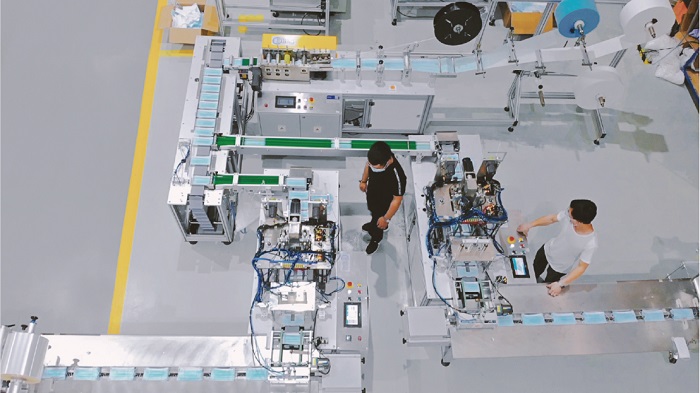Lil Pump is no longer welcome to fly JetBlue Airways after violating COVID-19 safety protocols.
The 20-year-old rapper, whose real name is Gazzy Garcia, is banned from flying on JetBlue after refusing to wear a face mask during his Sunday flight, JetBlue representative Derek Dombrowski confirmed to USA TODAY on Monday.

On his flight from Fort Lauderdale to Los Angeles, the "Gucci Gang" singer "became verbally abusive with crew members after being asked multiple times and refusing to comply with JetBlue's face covering policy," which resulted in law enforcement involvement. (Click to share to LinkedIn)
"His return reservation was cancelled and he is no longer welcome to fly on JetBlue," Dombrowski said. "The safety of all customers and crewmembers is JetBlue’s first priority."
The airline's COVID-19 policy requires all passengers 2 years and older to wear a face covering throughout the flight in order to ensure the safety of all customers and crew members.
JetBlue Airways was the first U.S. airline to require passengers to wear face masks amid the coronavirus pandemic and began enforcing new safety protocols on May 4. (Click to share to Facebook)

“Wearing a face covering isn’t about protecting yourself, it’s about protecting those around you,” Joanna Geraghty, JetBlue's president and chief operating officer, told USA TODAY in April. "Onboard, cabin air is well circulated and cleaned through filters every few minutes but this is a shared space where we have to be considerate of others. We are also asking our customers to follow these CDC guidelines in the airport as well.”
Airlines:JetBlue joins the new-flights frenzy, adding four cities, including Miami, Key West, Cabo
Thus, covid-19 is a major concern of the international community. The most effective way of preventing epidemic diseases is wearing masks.
Does the mask have an anti-epidemic effect? Facts are the best proof!
Asian countries encourage and even require the wearing of masks-these countries have now "flattened the growth curve", and even have a flatter curve from the beginning. As shown in the curve in the figure below: "The curve becomes flat".(Suntech tell you mask machine is important)

As shown in the figure, the effect of mitigation interventions implemented on day 25 will reduce the initial R0 by 50%. The red curve is the evolution of the number of infected individuals ("cases") without intervention. The green curve reflects the change ("slowing") curve after the intervention.
We can analyze from the following aspects that wearing a mask can play a role in epidemic prevention.
1.Communication mechanism
The droplet propagation mechanism is complex and can be discussed by classifying the droplet size:

(During normal breathing (velocity m/s), droplets larger than aerosol evaporate or fall within 1.5m. When coughing or sneezing, especially larger droplets (0.1 micron) can spread more than 2m Or 6m distance)
(1)Droplets with a diameter less than 10 microns (micrometers)
Defined as the upper limit of the size of "aerosol" (particles light enough to float in the air). For brevity, let's call this category "aerosol". These small aerosols are carried by ventilation or wind, so they can spread in the room. The difference between N95 masks and surgical masks is that the former is designed (according to regulations) to prevent aerosols: they must filter out 95% of droplets smaller than 0.3 um.
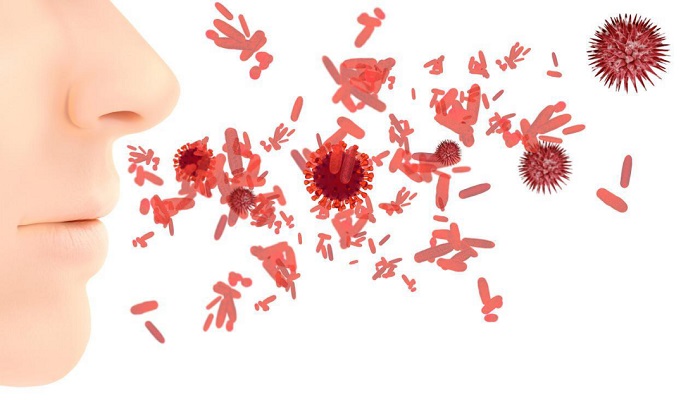
(2)The droplet or larger particle size larger than 10um to 100um
Let us call these large particles "spray droplets" here. Of course, in the spray produced by coughing or sneezing, the droplets can be even larger, reaching the size visible to the naked eye (above 0.1 um in diameter). Studies have shown that in normal breathing, droplets larger than 0.1 um may evaporate or fall to the surface within 2m, depending on the size, air humidity and temperature. But coughing or sneezing will make the droplets reach a distance of 6m at a speed of 50 m/s (sneezing) or 10 m/s (coughing). If so, then the 6m "safe distance" that is widely known in social situations may not be enough unless you wear a mask.
The difference between aerosol and spray droplets is that the particles in the air pass through the airway to reach the alveolar cells of the gas exchange and reach the lungs. The particles need to be small in size (as shown in the figure below): only droplets with a diameter of less than 10μm can be used Reach the alveoli. In contrast, large particles are trapped in the nose and throat (nasopharyngeal space) and airways.
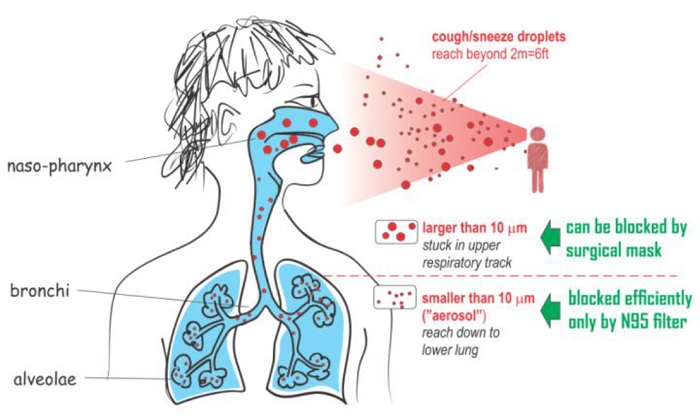
(The anatomy of the respiratory tract and where the droplet may end depends on its size and which droplets are suitable for which mask)
Therefore, the N95 mask can filter out the smallest particles and help prevent small droplets from carrying the virus into the alveoli. But is this really useful for flat curves?
The default concept is that the alveoli are the destination for droplets to transmit the viral load. Therefore, only N95 masks that can block small particles are useful. Surgical masks seem to be useless.
In fact, we ignore the filtering function of surgical masks for small particles. In 2008, an experiment on the filtering capacity of masks studied three types of masks: homemade masks, standard surgical masks, and FFP2 (N95 masks).
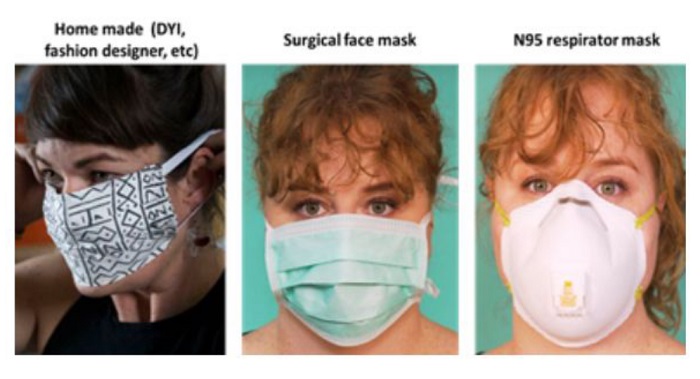
Although FFP2 (or N95) masks do filter out more than 99% of particles (thus reducing the aerosol load by 100 times), compared with the outside of the mask, surgical masks can reduce the number of aerosol droplets by 4 times. In addition, for the larger droplets produced by coughing, the difference between a surgical mask and N95 will be smaller.
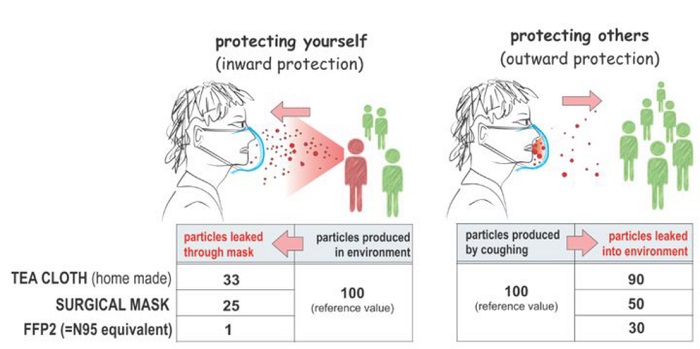
(The filtering effect of various masks on small droplets (aerosols))
If we just want to reduce transmission and make the curve smooth, then by reducing the particles reaching the lungs by 4 times, to what extent can we reduce human-to-human transmission? Intuition shows that even homemade masks can provide some protection .
2. Infection mechanism
Covid-19 is similar to the sars-cov-2 virus in that it uses a ligand receptor for binding. The Spike protein S on the surface of the virus binds to the ACE2 receptor on the surface of the host cell. ACE2 usually has cardiopulmonary protection and is highly expressed in the elderly, patients with chronic heart failure or pulmonary or systemic arterial hypertension.
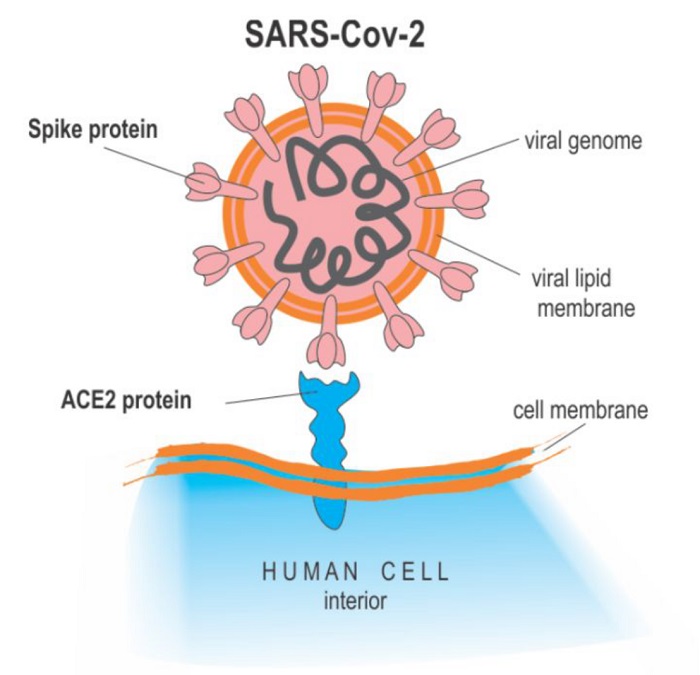
Viral S protein binds to host cell ACE2 protein
Surprisingly, the expression of ACE2 in the lung is very low. However, a paper just published by the Human Cell Atlas (HCA) showed that ACE2 is highly expressed in certain types of (secretory) cells in the inner nose.
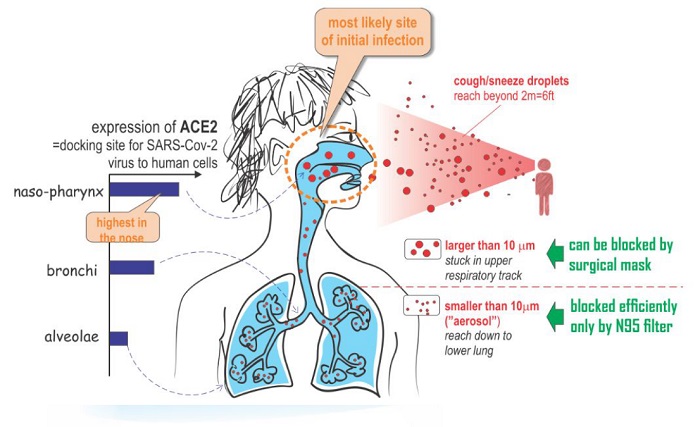
The main way for viruses to enter the human body may be through large droplets that fall on the nose, where the ACE2 receptor is highly expressed. Therefore, the spread of the virus can be prevented through simple physical isolation.
The high expression of ACE2 protein in the nasal cavity indicates that the covid-19 virus has infected these cells. It can also be inferred that the covid-19 virus is spread mainly through coughing or sneezing. Obviously, a simple physical barrier can effectively block this route of transmission.
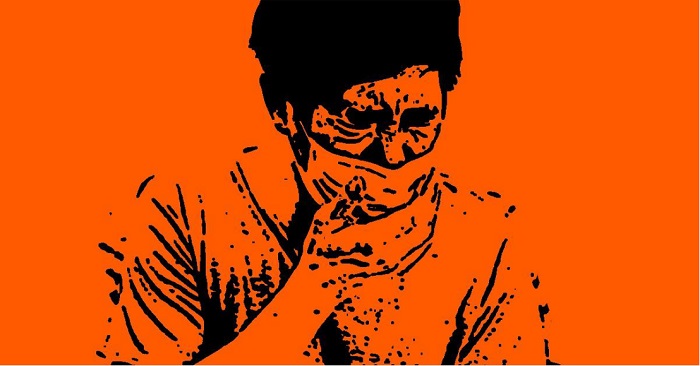
Studies have found that viral substances can be easily detected and separated from nasal swabs. Unlike other airborne virus infections. Compared with covid-19 (which also uses ACE2 to enter cells), the viral genome (RNA) appears earlier in nasal swabs, and at a higher concentration, so it is relatively easy to detect. The FDA has just approved the use of cotton swabs for self-collection tests instead of deep nasopharyngeal tests. Studies have also shown that the covid-19 virus is active and has replicated in the nasopharynx, unlike other respiratory viruses that replicate in the lungs.
The replication of the virus in the nasal mucosa can also explain the positive detection during the prodromal phase and the transmission of healthy carriers, and the anosmia that may appear in the early stages of COVID19. But this biological principle also means that avoiding large droplets may be the most effective way to prevent infection, because large droplets cannot enter the lungs anyway, but will enter the upper respiratory tract.
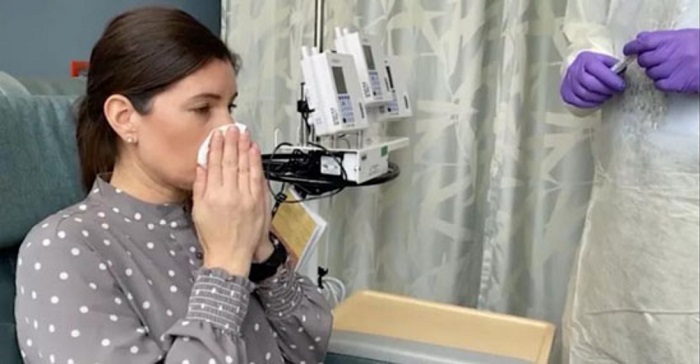
Therefore, surgical masks, or even your ski mask, headscarf, or scarf, may provide more protection than what government officials originally suggested to the public not to wear masks. The protection provided by N95 may be smaller than expected.
From a practical and social point of view, surgical procedures or homemade masks, if handled properly, will not cause harm in the worst case, and may be helpful in the best case (please discard or wash after use , Do not touch the outside of the mask). These simpler and cheaper masks may help flatten the curve. The important thing is: using them will not take away precious N95 masks from medical staff.
To sum up, the widespread use of masks is very necessary to prevent the spread of the virus. In the case of a shortage of masks, you can try to use masks of other materials as an alternative. Of course, if conditions permit, it is best to use a regular medical mask, because it contains a melt blown cloth that can actually isolate bacteria. The melt blown cloth can adsorb germs through static electricity, and the filtering effect is better.
Suntech's integrated automatic mask machine can produce medical masks at high speed, with a production efficiency of 120-160 pieces/min, and a BFE of 99%. It also improves meltblown machines, mask materials, etc., to meet user needs in all aspects from equipment, materials to finished products .
